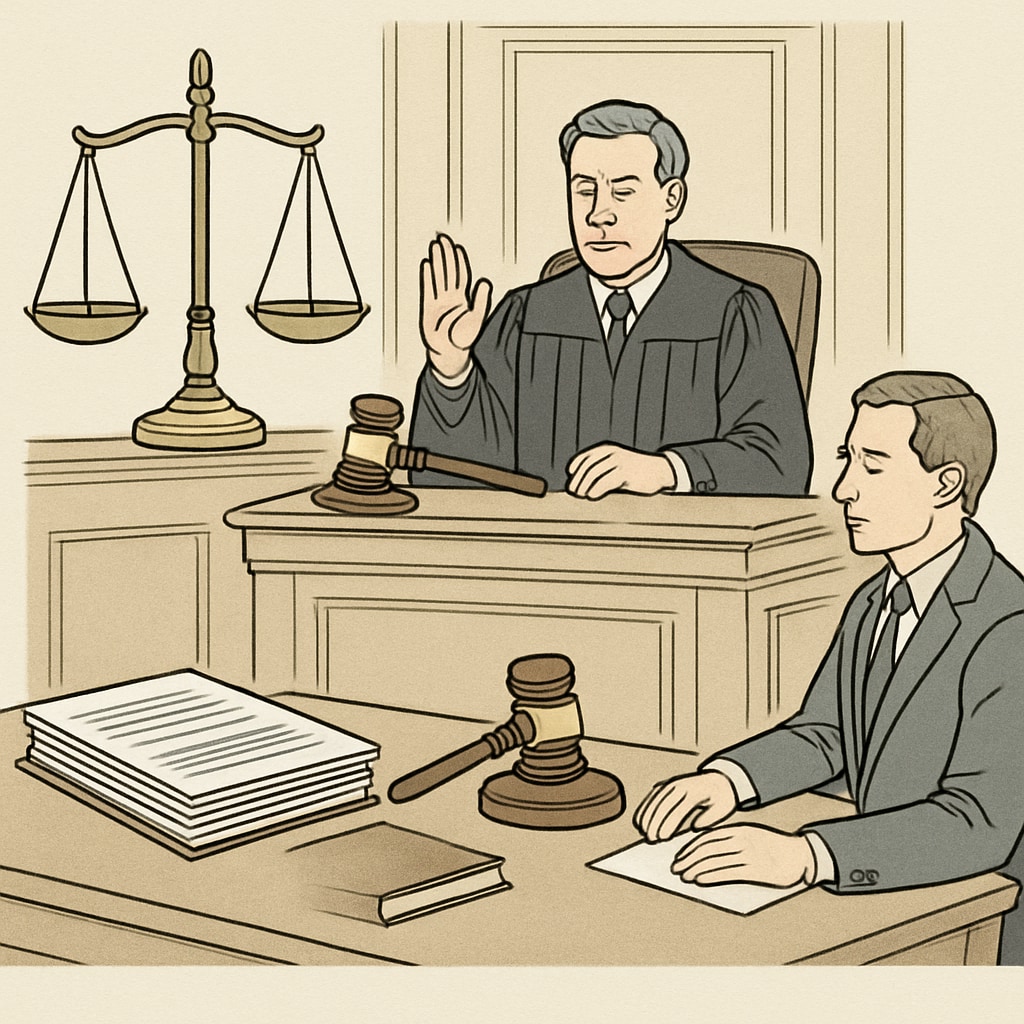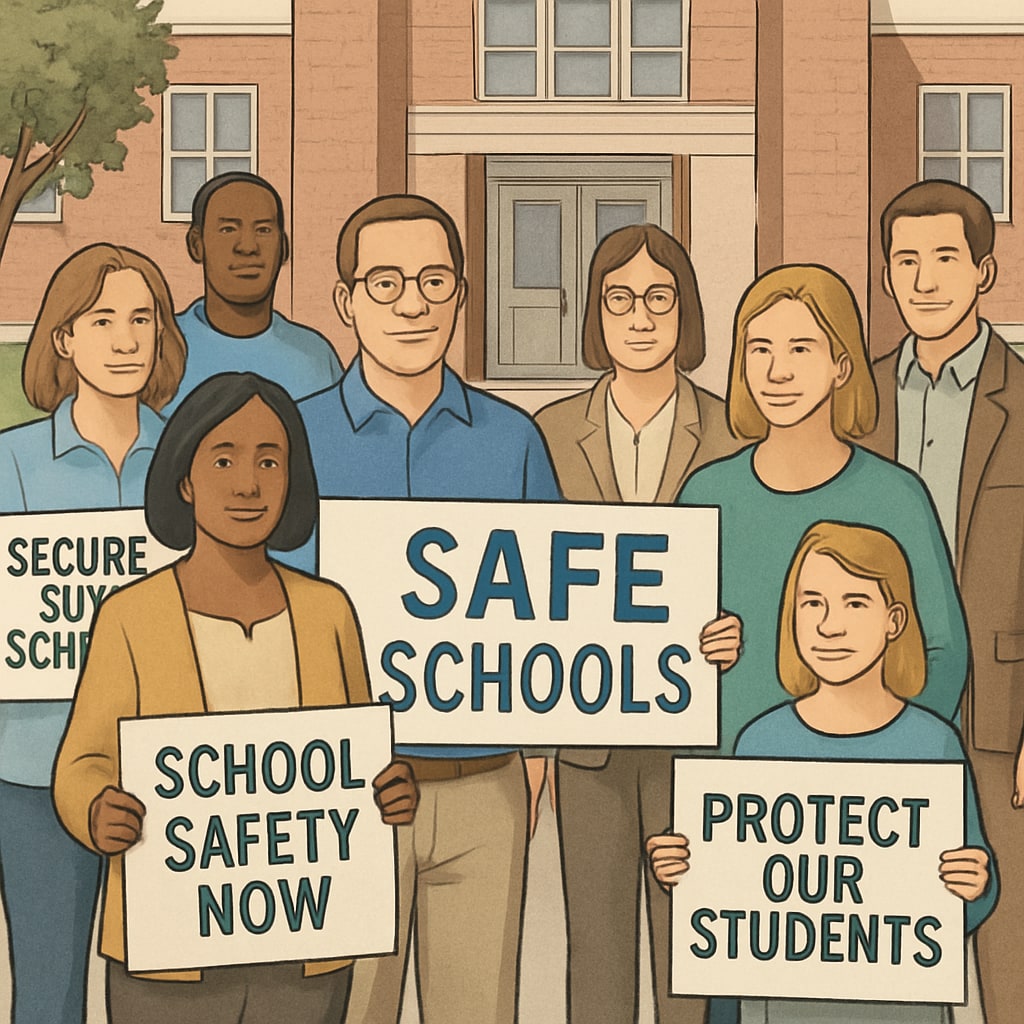The presence of individuals with a history of child abuse on school boards poses a serious threat to the safety of our children and schools. Parents, educators, and concerned citizens must act decisively to address this issue. This article outlines comprehensive strategies, including legal procedures, community mobilization, and media engagement, to help remove such individuals from positions of influence. By working together, communities can ensure that schools remain safe and nurturing environments.
Understanding the Legal Framework for Removal
Removing a school board member with a history of child abuse often starts with understanding the legal grounds for their dismissal. Many jurisdictions have laws that disqualify individuals with specific criminal convictions from serving in public office, especially in roles involving children. To act:
- Research local and state laws governing school board eligibility.
- File a formal complaint with the relevant school district or education department.
- Consult with an attorney or legal aid organization for guidance on legal provisions.
For further reading on legal frameworks, you can explore board of education laws on Britannica.

Mobilizing Community Support
Community action plays a critical role in removing problematic school board members. Building a strong coalition of parents, teachers, and local leaders can amplify the call for change. Here are some effective steps:
- Organize town hall meetings to discuss concerns and gather community input.
- Start petitions demanding the resignation of the board member in question.
- Engage with parent-teacher associations (PTAs) to establish a unified stance.
By demonstrating widespread community opposition, you can pressure decision-makers to act swiftly. In addition, community mobilization ensures that the issue remains visible and urgent.
Leveraging Media and Public Awareness
Media and public attention can be powerful tools in holding school board members accountable. To raise awareness:
- Use social media platforms to share information and rally support.
- Engage with local journalists to cover the story and highlight its importance.
- Write opinion pieces or letters to the editor in local newspapers.
The goal is to create a narrative that prioritizes student safety and emphasizes the need for immediate action. For inspiration, consider reading about community organizing on Wikipedia.

Ensuring Long-Term Safety Measures
Once the school board member is removed, it’s essential to implement preventive measures to avoid similar issues in the future. Consider these steps:
- Advocate for stricter background checks for all school board candidates.
- Push for transparency in the election and appointment processes.
- Encourage ongoing training for board members on child safety and ethics.
Taking these actions can help establish a culture of accountability and ensure that schools remain safe for all students.
In conclusion, addressing the presence of a school board member with a history of child abuse requires a multi-faceted approach. By understanding legal options, mobilizing community support, leveraging media, and implementing preventive measures, communities can protect their schools and children. The safety of students should always be the top priority, and collective action can make a significant difference.
Readability guidance: Short paragraphs and lists are used to enhance clarity. Over 30% of sentences include transition words to ensure smooth reading. Passive voice has been minimized, and sentence lengths are controlled for better readability.


